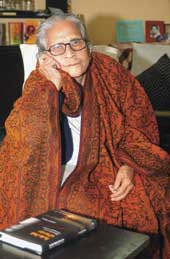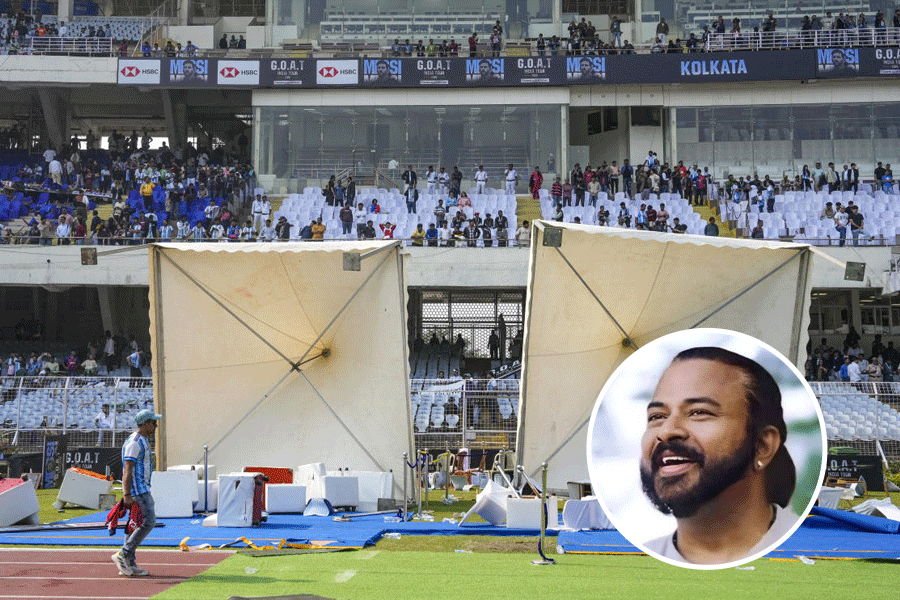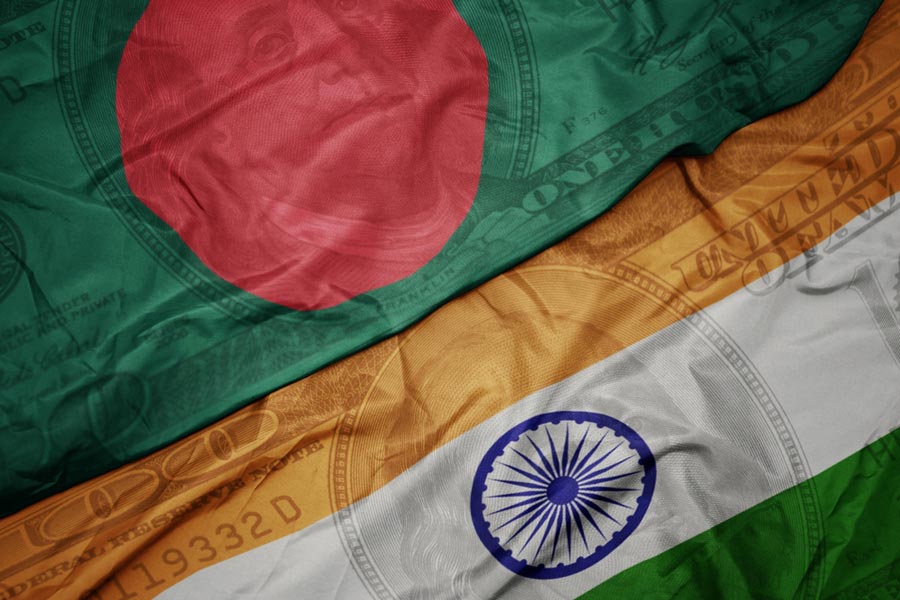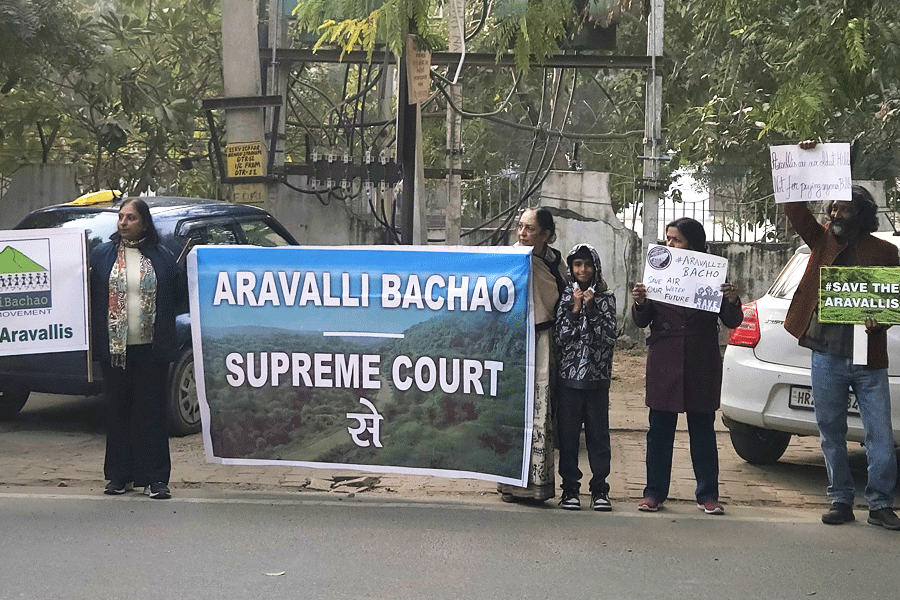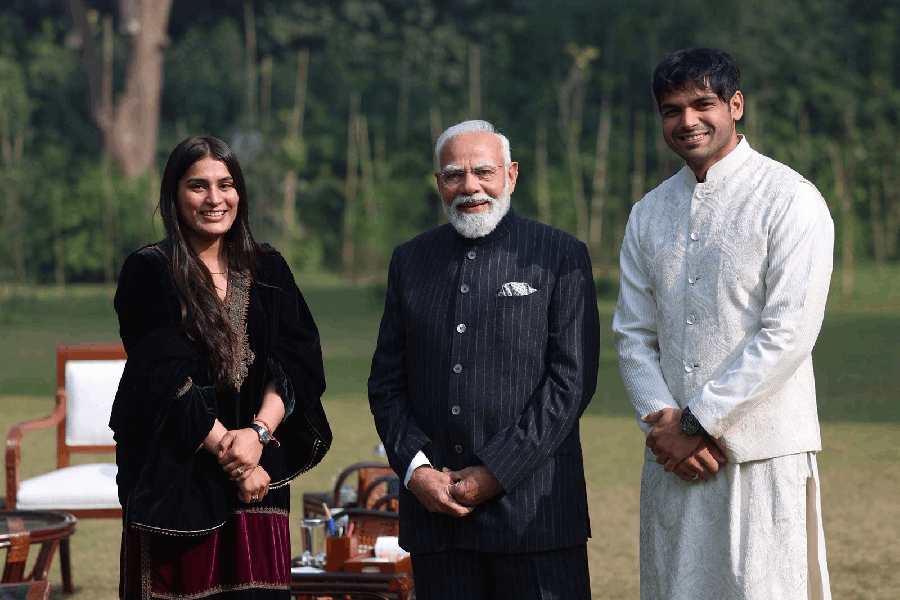 |
| Ashoka Gupta at her Gol Park home. Picture by Pabitra Das |
It was the height of the riots in 1946. Noakhali district (now in Bangladesh) was in the grip of violence. A wife and mother of three was among the women who gathered at Chittagong under Nelie Sengupta to help the victims. Even at 93, the days are fresh in the memory of Ashoka Gupta, the oldest girl guide in the state who was felicitated on January 30 on the 75th anniversary of the World Association of Girl Guides & Girl Scouts.
?We were meeting the fleeing villagers in railway stations and urging them to return, but they just took the relief materials from us and fled,? Gupta recalls. In frustration, they wrote to Gandhiji who was camping in Choumuhani. ?On December 16, 1946, we met him. He advised us to go and stay in the villages ourselves so that the victims could take heart.?
So Gupta took her one-and-a-half-year-old son and travelled to Toomchar, a harijan village, on train and bus, and then on foot.
At the village, her day started at dawn when she fed her son and left to meet the villagers. ?My partner Snehalata and I would list their necessities, be it of medical attention or food, and get in touch with government officials. Unlike the Great Calcutta Killing of August, in which people of both religions fought back, in Noakhali the Hindus had taken the beating without resistance. So the Muslims were apprehensive about our presence. ?Apnara to ogo laiga aisen (You have come to help the Hindus)?, they would say when we went to meet their women, though they never misbehaved with us. It took a while to make them see that we were helping them as well.?
The news of the Partition made her return to take care of her other two children. ?My husband was inducted into the Partition Committee and transferred to Calcutta. I followed him.?
Gupta feels her work at the camp during the seven months was made easy by her training as a guide. ?I knew how to swim, row a boat, cycle and wield sticks and knives. We had even learnt to dig trenches for toilets.?
But the greatest benefits were discipline and inspiration. At the age of 15, the student of St Margaret School saw others in blue sari taking special classes on Wednesdays. The curiosity led her to sign up as a trainee (bulbul). The pledges she took in 1928 stayed with her.
?Even after marriage, I sought out guiding activities in schools wherever my husband (Saibal Gupta, ICS, who earned the wrath of the British by refusing to lathicharge Salt Movement agitators in Contai) was posted ? Rajshahi, Faridpur, Krishnagar, Chittagong...? The movement later took her abroad, to the US , in 1956 where meeting Hiroshima victims was a moving experience.
She remembers an agitation in the 1920s about the guides? pledge which made them ?ready to serve my king, country and god?. ?Many refused to take the oath forcing the authorities to delete the mention of British royalty.? But the rest of the activity is as relevant today, she feels. ?Being a guide is not just about outdoor activities. Working at home is important too. It?s all about being prepared to help,? she smiles.

